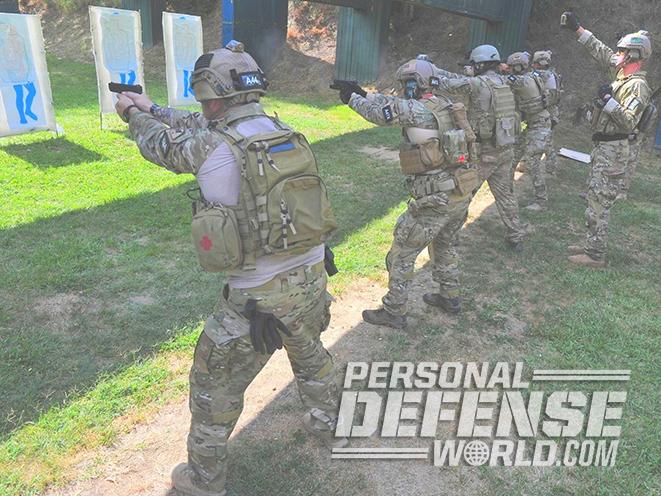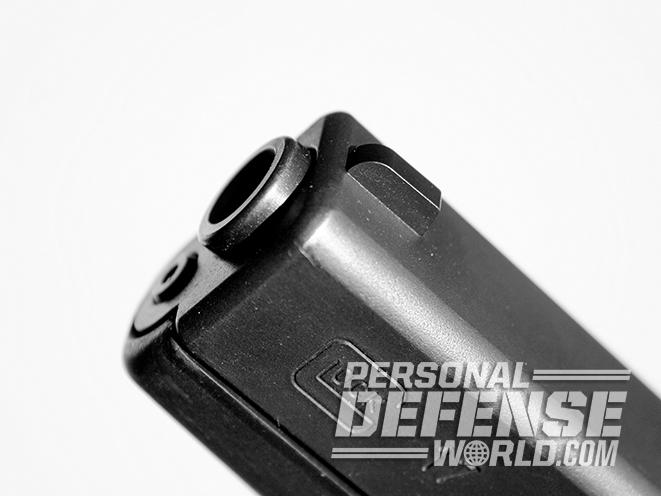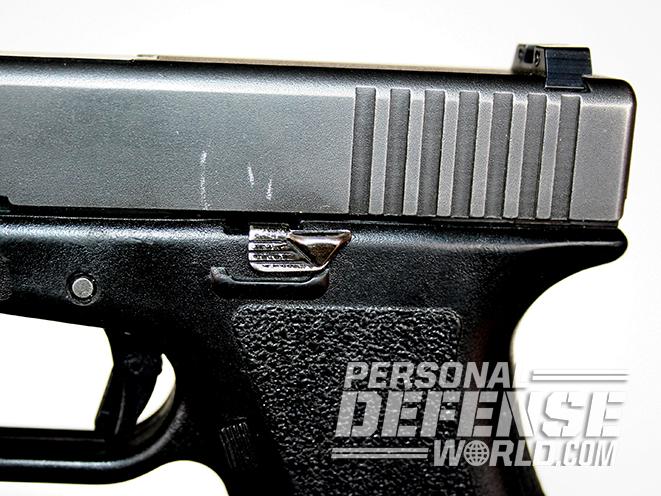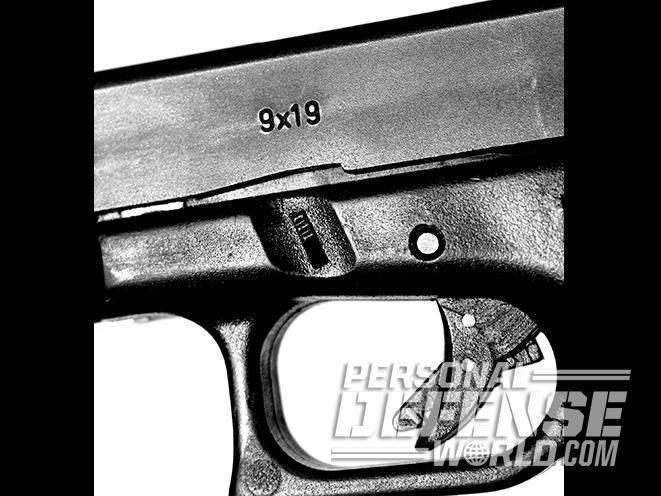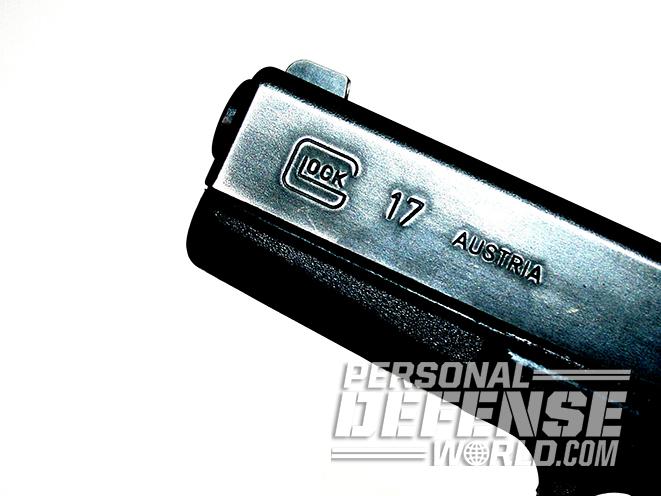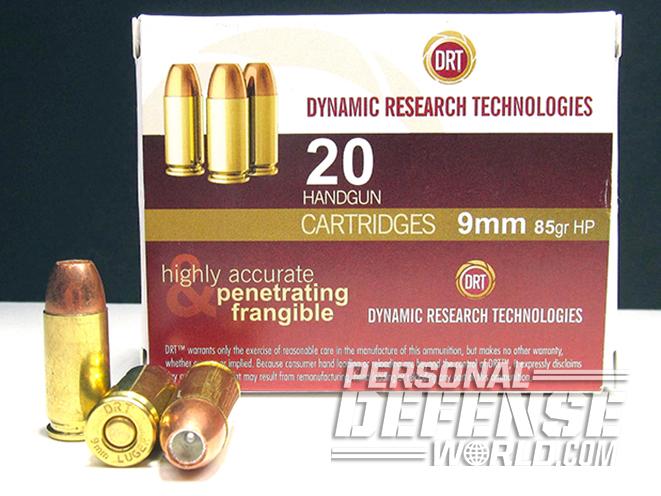The 9mm Glock 17 made quite a splash when came to America in the 1980s. Billed as the first handgun that was largely constructed of polymer, it instantly made news throughout the shooting world. Pistols with aluminum frames were nothing new. They were, however, in the minority, having been for years continuously subjected to blistering attacks from traditionalists who decried any pistol without a steel frame. The general theme of the attacks was that only a steel frame could withstand the rigors of use over time.
Boxy and all business, the polymer-framed Glock 17 provoked outrage among traditionalists. They quickly said that in addition to being plastic, it was also ugly. Compared to a beautifully blued commercial 1911 or Hi-Power, the Glock 17 certainly wouldn’t have won a beauty contest, but it was exceptionally user-friendly. All of its controls were in the right places and it didn’t have any sharps edges to speak of. Its magazine was large and easy to reload. The slide’s matte finish was highly resistant to wear and corrosion.
Still, although several other firearms manufacturers made similar representations about their guns, Glock’s opulent advertising claims about its guns’ capabilities troubled me. No gun could be that good, I reasoned. No gun could be that tough, that easy to operate and that efficient. So, in 1988, I finally decided to find out about this new pistol and embarked upon a torture test that was to unexpectedly last nearly 30 years.
Advertisement — Continue Reading Below
- RELATED STORY: 12 Great Glock Pistols for Concealed Carry & Self Defense
I would carry and shoot the Glock 17 in all kinds of natural environments—hot, cold, wet and dusty—and subject it to abuse it until it failed. Then I’d have the information I needed to determine just how good the pistol really was. Down to the local gun shop I went, paying retail for a brand-new Glock 17 Gen2.
Figuring that anyone could throw it out of a hovering helicopter at 1,200 feet onto an asphalt parking lot or freeze it in a solid block of ice and try to get it to fire, I eschewed such irrelevant machinations in favor of a more practical approach. Throughout the test program, I would abuse the weapon but keep that abuse practical and realistic.
First, I decided not to clean the gun until it would no longer function. Most pistols would last from 500 to as many as 2,500 rounds before they became so dirty that they would no longer work. Then I would proceed from there and see what happened.
Advertisement — Continue Reading Below
The First 10,000
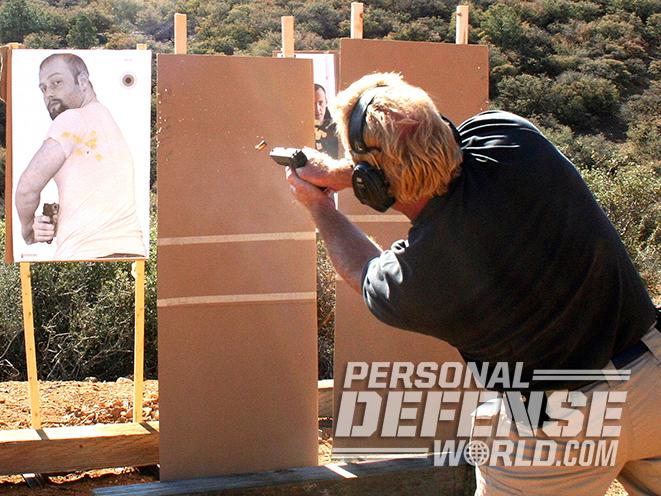
My first surprise was that the gun went nearly 10,000 rounds without cleaning before any indication of sluggishness became apparent. In fact, though it was still working, the slide was finally visibly slow as it reciprocated. I felt guilty about it. This resulted in a quick cleaning, which, to my surprise, disclosed a tremendous amount of foreign matter in the gun’s innards. Yet no other pistol I knew of would have gone anywhere near 10,000 rounds and still work. Heck, only a few would go even 2,500 rounds before cleaning became necessary.
All the while, I was vigorously dry-practicing holster presentations twice a day for an hour, resulting in what finally became many hundreds of thousands of repetitions. Yet, even after months of dry-practice had passed, the test gun’s finish showed only minimal wear. Any other gun available at the time would have shown far more finish wear much more quickly.
Advertisement — Continue Reading Below
I did note that the left side of the front sight was beginning to round off somewhat. This was the product of many thousands of holster presentations. So, I took the opportunity to replace the factory sights with Trijicon three-dot tritium sights that remain on the gun to this day. It’s worth noting that Trijicon says its tritium sights will glow nicely for a decade. However, the ones on my gun are still nice and visible in low light, even after nearly three times that long.
The test gun digested a huge array of various 9mm ammo, including some Egyptian military FMJs that exhibited a variance in velocities and pressures of as much as 40 percent. One round would be a “powderpuff” load while another felt like a full-house .357 Magnum. This resulted in a chipped extractor, which I replaced, although the weapon continued to function normally.
Extreme Glock 17 Testing
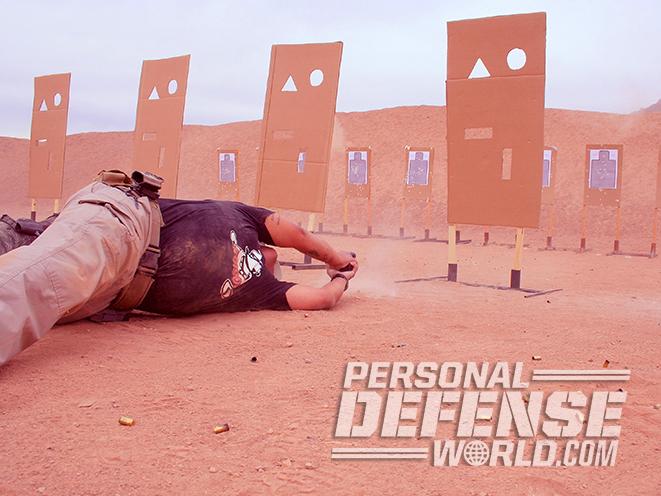
During the course of the 29 years I tried to get my Glock 17 to fail, I had taught tactical handgunning to a number of U.S. military spec-ops units, using the test gun during hundreds of demonstrations. On one occasion, knowing I would return for another class in 30 days, I tossed it into the harbor where the unit’s headquarters was located to see if it would rust. When I returned, one of the team members obligingly donned scuba gear and retrieved it for me.
Advertisement — Continue Reading Below
Examination disclosed no rust.
So I then left it on the bottom of the Pacific Ocean for a whopping six months. When it was subsequently recovered, the only corrosion evident was on the slide stop lever, and it wiped right off. No pitting or other rust was evident. Even submerging it in mud, sand, dust and snow on multiple occasions failed to cause the gun to malfunction. I even soaked it in glutinous cow manure, but it subsequently went through 10, 17-round magazines without a hitch.
The winters of 1988 and 1989 found me in Alaska. There I endeavored to determine just how much extreme cold weather affected guns and lubricants. The test gun accompanied me and went through a vigorous cold-weather test regimen that most other pistols failed.
Advertisement — Continue Reading Below
- RELATED STORY: Reliable Nine – Examining the Popularity of the Glock 19
The test consisted of first cleaning and lubricating the guns (at freezing temperatures, previous testing had shown that Rem Oil was the best choice). The test continued shooting the weapon rapidly until empty, quickly reloading it and dropping it into the snow. Twenty minutes later, it was retrieved and fired. The process was repeated until the 750-round program was complete or the gun failed to fire.
If it did fail, the round count and cause of the failure were noted. The gun was then cleared and reloaded, and the test resumed. Only the test Glock 17, 1911s and Hi-Powers completed the program without a failure. The other pistols had from two to as many as a dozen failures. Several even failed to complete the test due to excessive ice in their trigger groups.
As the years passed, to run up the round count, I also used the test gun as a “school gun.” This gun was lent to students attending my various tactical and defensive handgunning courses. In this capacity, it was dropped in the mud, snow, dust and sand hundreds of times, and even tossed downrange on several occasions. Yet it continued to function perfectly in all kinds of weather with a wide range of ammunition types.
Advertisement — Continue Reading Below
Over 300,000 Rounds
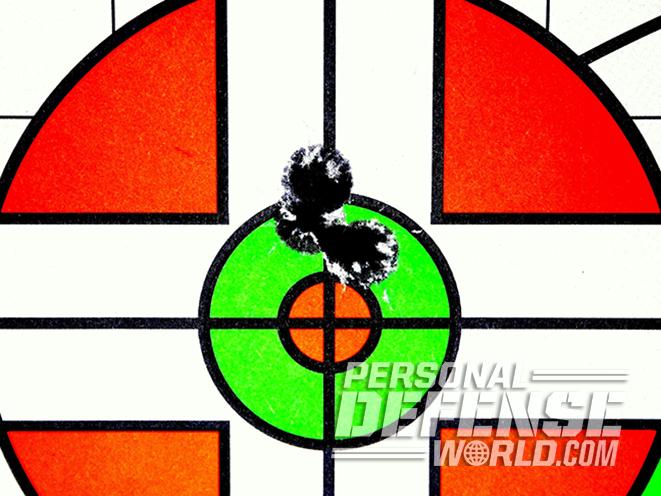
Finally, at around 325,000 rounds, the trigger pin broke, causing a stoppage. It was quickly replaced and shooting resumed. Then, after another hundred rounds, the firing pin tail chipped, but the gun continued to function. The trigger pull weight changed, however, indicating that something had happened. So the gun was once again field-stripped and examined, disclosing the chipped part. Since then, no further failures have been experienced.
The verdict? The net result of 29 years of carrying the Glock 17, dry-practicing with it, immersing it in water, mud, sand, dust and even cow manure, and shooting it in extreme heat, extreme cold, rain and blowing dust has only produced some insignificant actual wear and tear. From a Ransom Rest, the test Glock 17 still clusters any kind of decent ammunition into an inch or better at 15 meters. The only visibly detectable wear has been with the finish, which has understandably become bit thin, especially where various parts contact the holster and shooting hand, and the magazine well shows some battering from tens of thousands of speed and tactical reloads. No other handgun of which I am aware can equal this kind of toughness. I’m confident in that.
Final Thoughts
So, if you want a gun you can depend upon, one that will function well with virtually any kind of ammunition, in any kind of natural environment, and one that is exceptionally user-friendly, the Glock 17 is the ticket. Though mine has been subjected to several lifetimes of abuse, it’s still going strong and carried daily. How much better can it get than that?
Advertisement — Continue Reading Below
For more information, visit glock.com.



